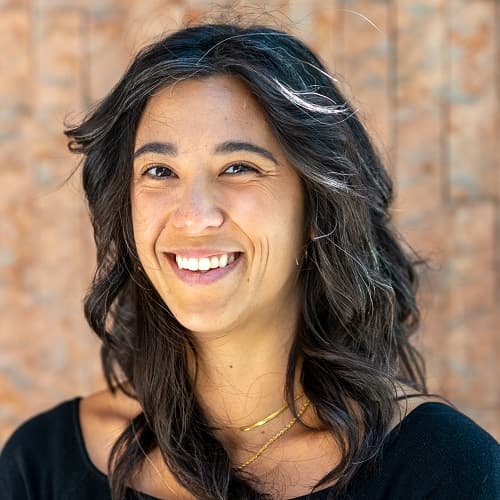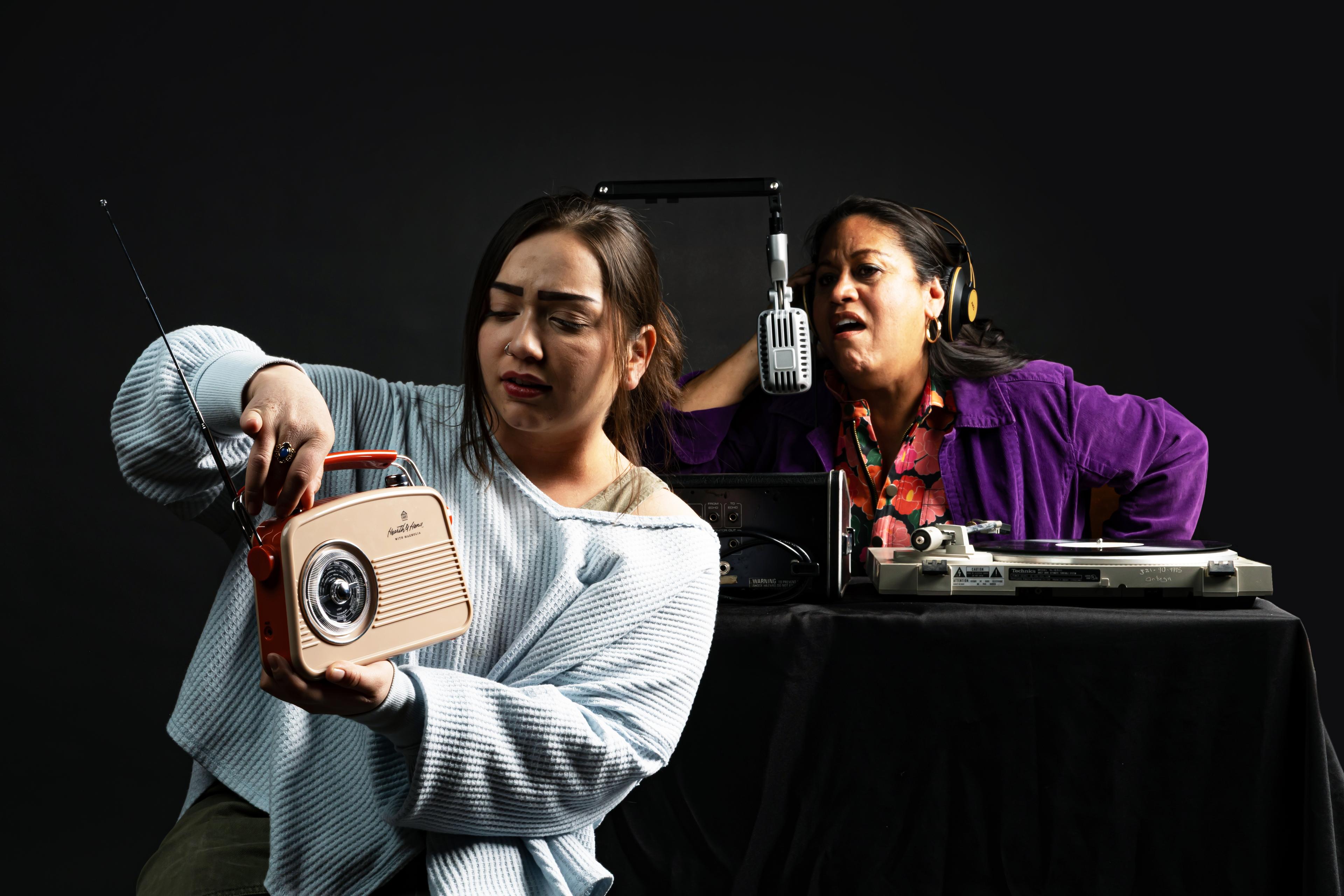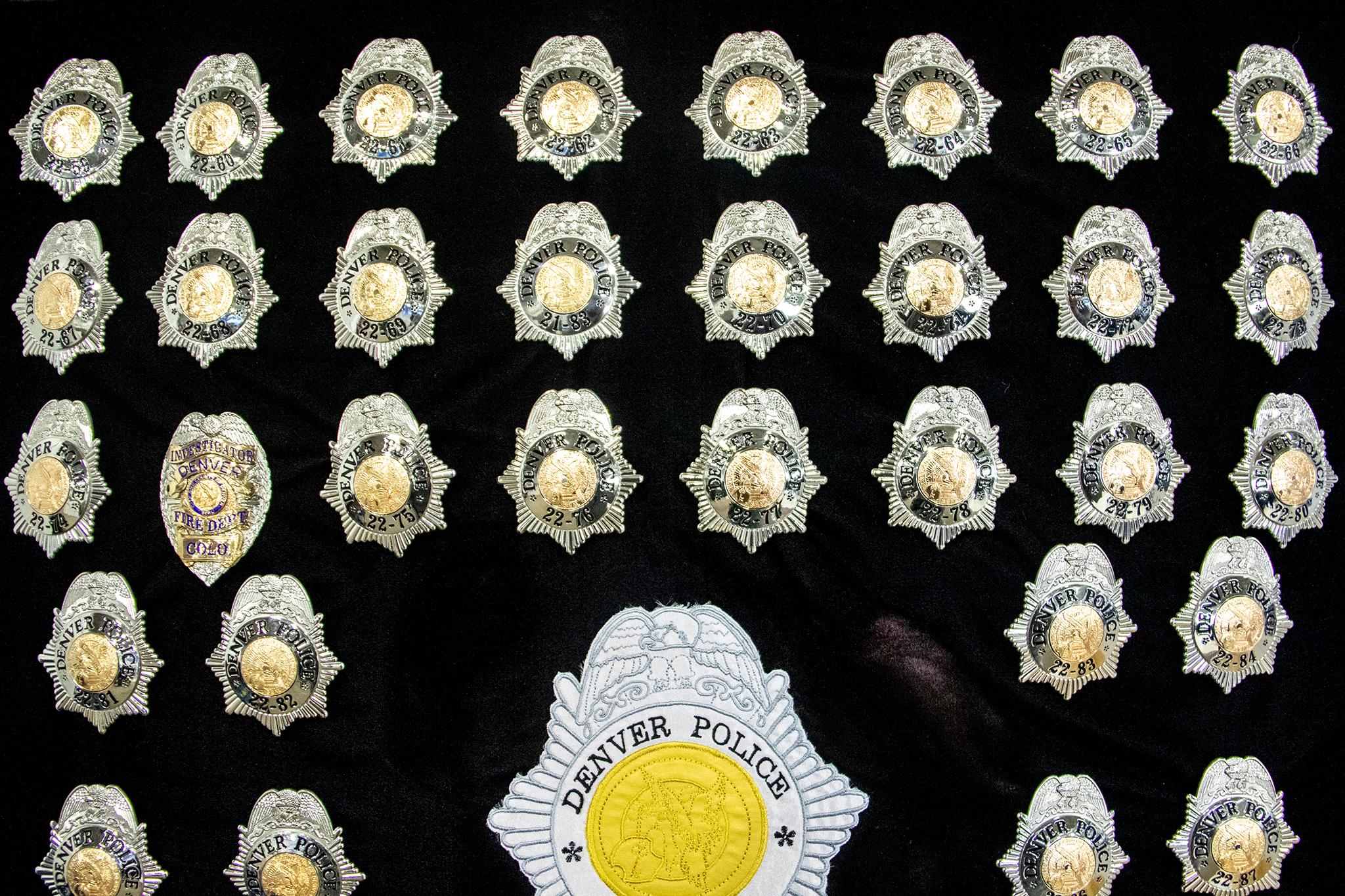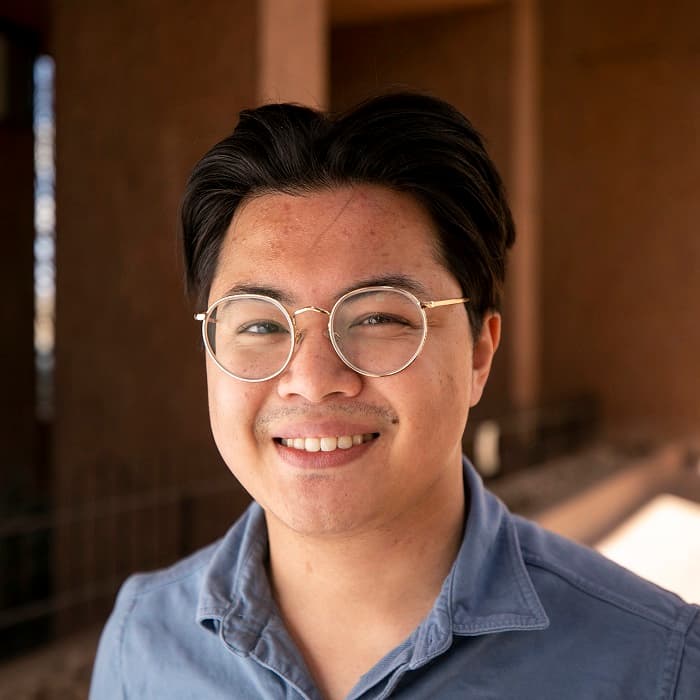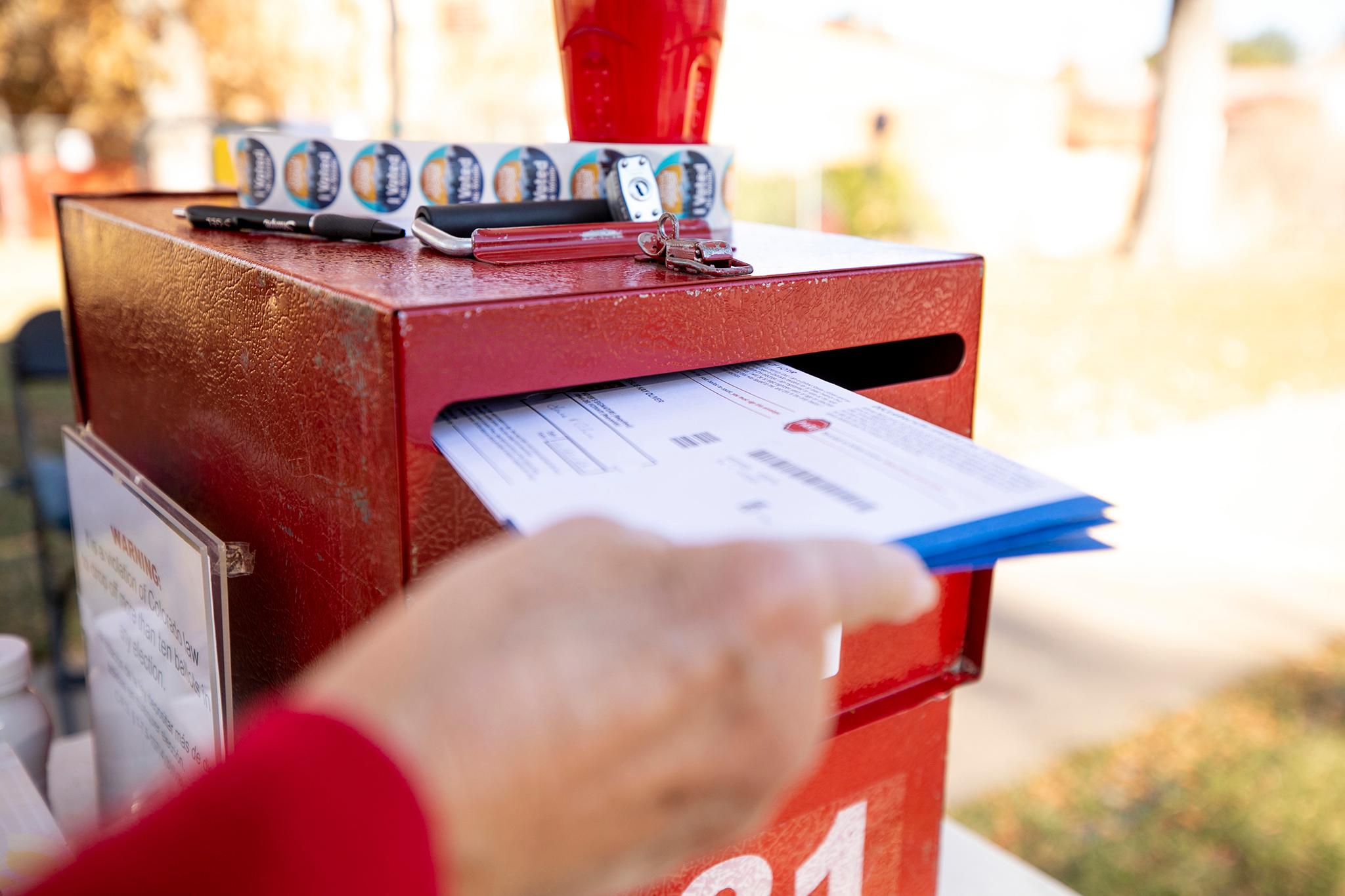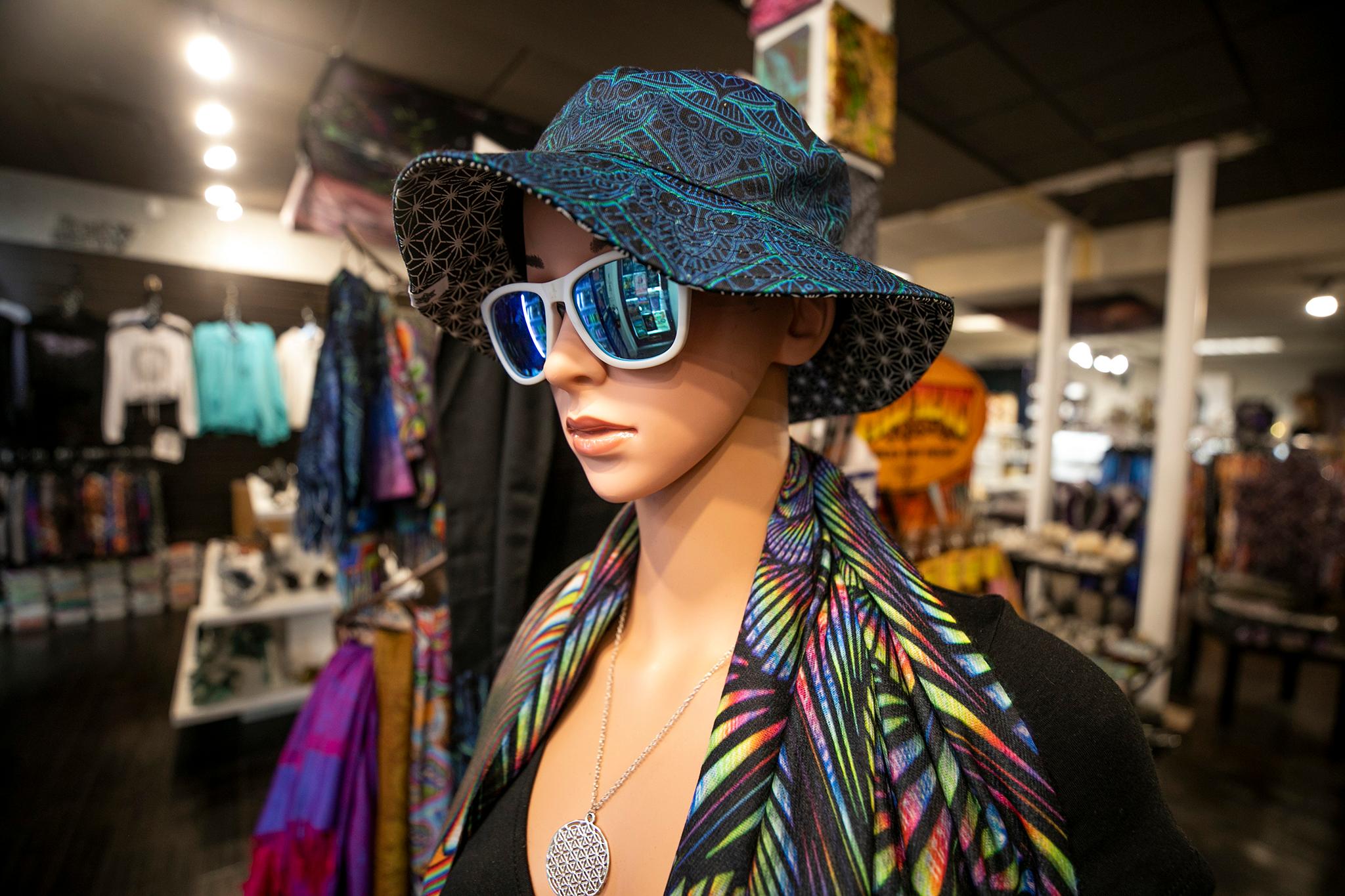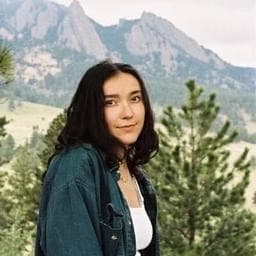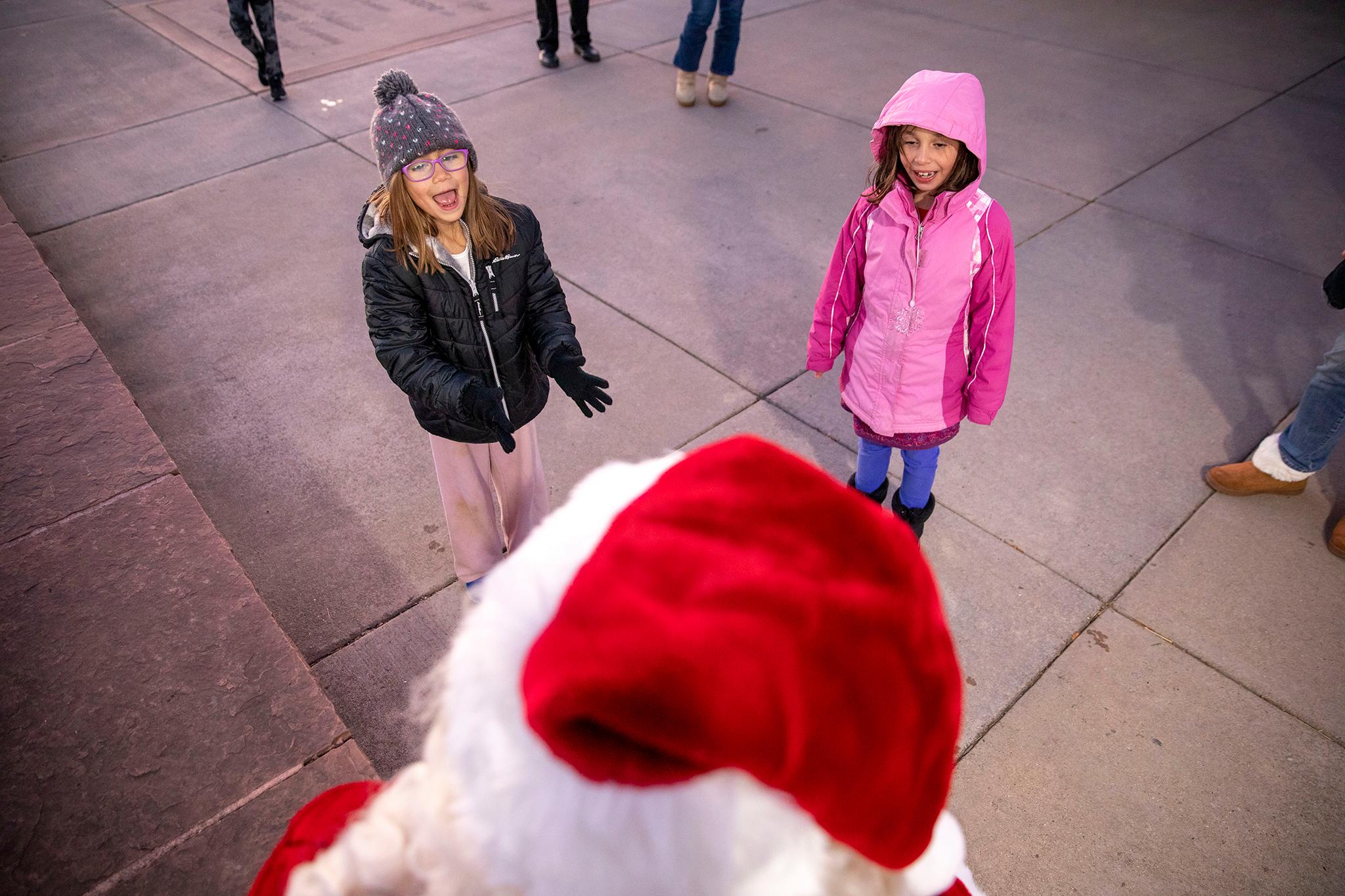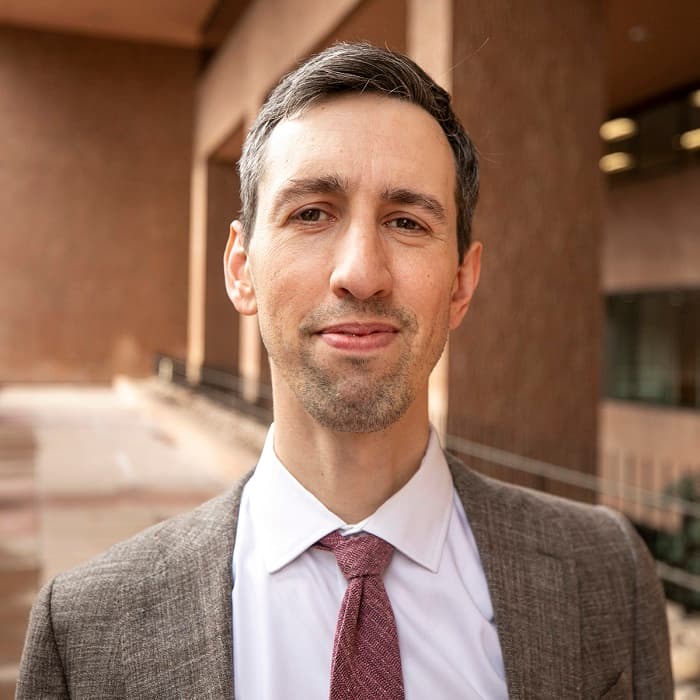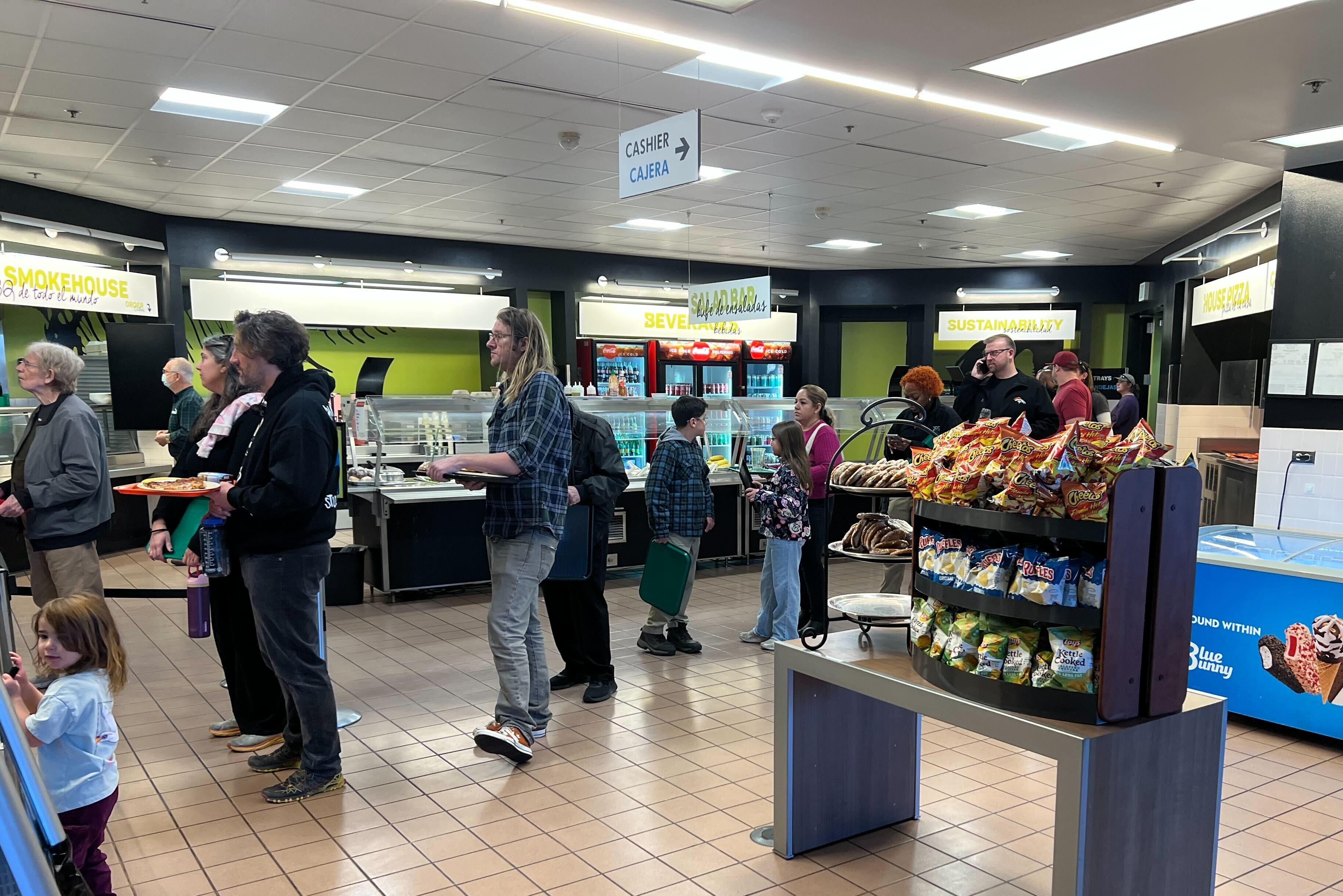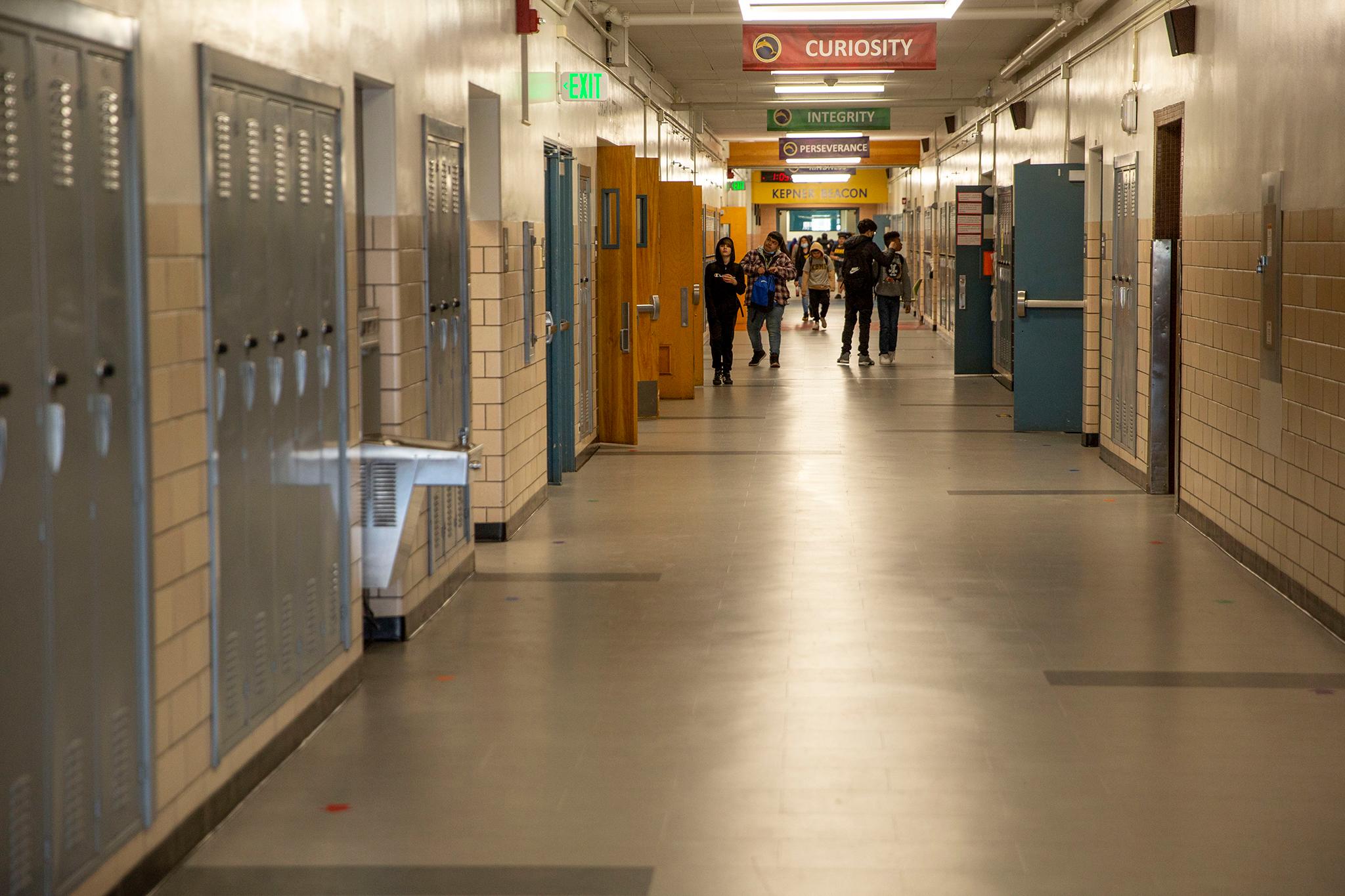Theater Artibus lives in a historic brick building in Denver’s Curtis Park district. The building, built in 1889, is now The Savoy – a performance space and event center.
“Theater Artibus, being the resident theater company at The Savoy, is really interested in telling local stories,” said Meghan Frank, the co-artistic director for Artibus.
Artibus’ latest show is called “Echoes of Curtis Park,” and it is nearing the end of its run.
“It's in some ways a mixtape and a love letter to this particular neighborhood,” Frank said.
The project started with Theater Artibus inviting longtime Curtis Park residents to share memories and artifacts from life on the “East Side.” They called these community listening sessions “story circles.” Then, Artibus used residents’ stories to create a semi-journalistic show anchored in the real stories, dialogue and objects that the community shared.
Curtis Park is located on the east side of Denver’s Five Points neighborhood — an area well-known for its African American history. Some even called it the “Harlem of the West.” But Curtis Park also has a rich Chicano and Mexicano history that Theater Artibus wanted to capture and celebrate.
How the Curtis Park community and its rich musical history shaped the performance
Lisa Hori-Garcia, one of the show’s co-creators, said she was inspired by other “theater-telling” greats, like the NYC-based Tectonic Theater Project and playwright Anna Deavere Smith, that use journalistic practices to create highly researched productions that are co-created within community.
One example: “Echoes of Curtis Park” uses the exact language from interviews as dialogue in the show.
“One of our favorite questions that we would ask was, ‘What’s your soundtrack?’ Or, ‘What's your one song to encapsulate your life here, growing up here, or your memories here?” Frank said.
Story circle participants were eager to answer that question. Some were even local musicians in the ‘40s, ‘50s and ‘60s.
“Their stories just came to life in their interviews,” said Debra Gallegos, another one of the show’s co-creators.
“And we got this amazing amount of songs,” Frank said. “All of these songs began to tell us what the story wanted to be.”
One such song was a cover of “Sunday Kind of Love,” released by local band The High Seas in 1960.
The High Seas are an example of how music was “a connector in this specific neighborhood,” Hori-Garcia said. “There were three of them who were African-American and two of them who are Chicano.”
“They all lived around the Manuel High School neighborhood,” said Jackie Annunziata, one of the story circle participants. “And they would practice, they do the band practice in the living room of my grandfather's house on Gilpin Street.”
Many people shared stories like these. And the Theater Artibus team loved them all. So, they had a problem to solve.
“There were so many different kinds of stories that went from so many decades over time,” Hori-Garcia said. “It's like, how can we jump around through time? What are the ways we can weave this together?”
Weaving stories through space and time, with the help of a cosmic radio DJ
Hori-Garcia realized Artibus would have to take some artistic liberties to make the story work. So she, Gallegos and Frank decided to incorporate fictional characters into the plot. These characters include a young woman living in 2025 and a cosmic radio DJ who swirls her around through space and time to learn about the history of Curtis Park.
And, of course, the DJ is playing all the hits along the way.
“Not only is the cosmic DJ spinning music,” Frank said, “they're also preserving and sharing the stories and the voices of the East Side.”
Clips from the story circle interviews and other archival sounds are played throughout the show.
One piece of sound, an audio recording that belongs to Gallegos’ family, became another anchor for “Echoes of Curtis Park.”
“Our family, the Torres family, came up from New Mexico and worked in the fields in Brighton,” Gallegos said. Then, in the ‘30s, her uncle Benny moved to Curtis Park.
Fast-forward to 1975. Gallegos’ cousin, Rudy Torres, was a real-life radio DJ in Denver and he was tasked by his father to make a happy birthday tape for his aunt Margaret.
So he ran around to all of his aunts’ and uncles’ homes to record. And here’s what he made:
The “Happy Birthday Margaret” tape also plays a prominent role in the production.
What happens when the curtains close?
Just like memories and oral histories, live performances are fleeting.
“The thing with theater is that it is ephemeral in nature,” Frank said. “And then there's that question afterwards — How does it continue to leave a lasting impact?”
Artibus hopes to find a permanent archive that will keep all of the oral histories collected in the making of “Echoes of Curtis Park.”
Until then, the songs and sounds of Curtis Park will resonate through the cosmic airwaves of “KMSZ Mestizo Radio.”
“Echoes of Curtis Park” has five more performances at The Savoy. Showtimes are 7:30 p.m. on Friday and 2 p.m. and 7:30 p.m. Saturday and Sunday. Tickets start at $26.
